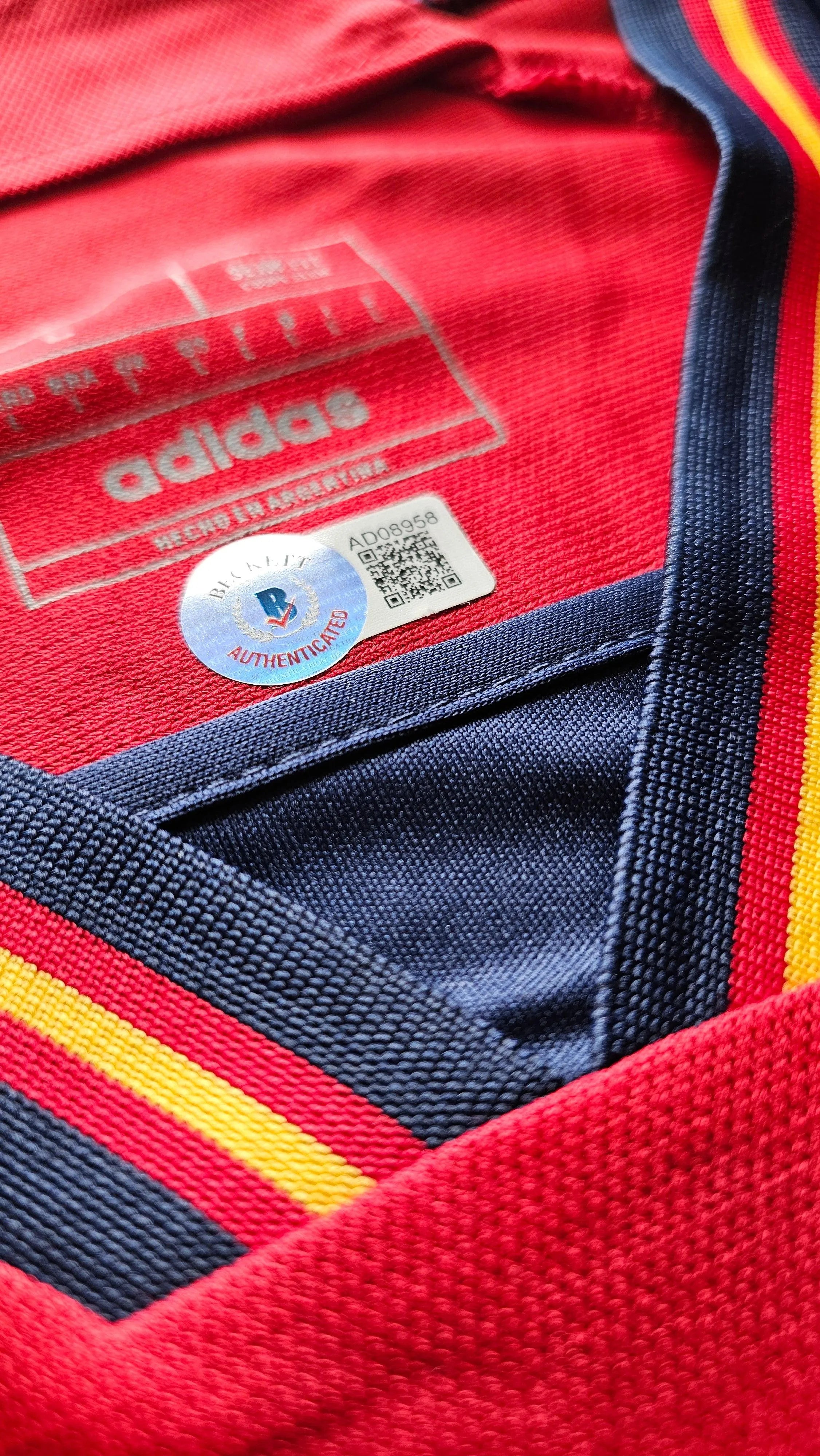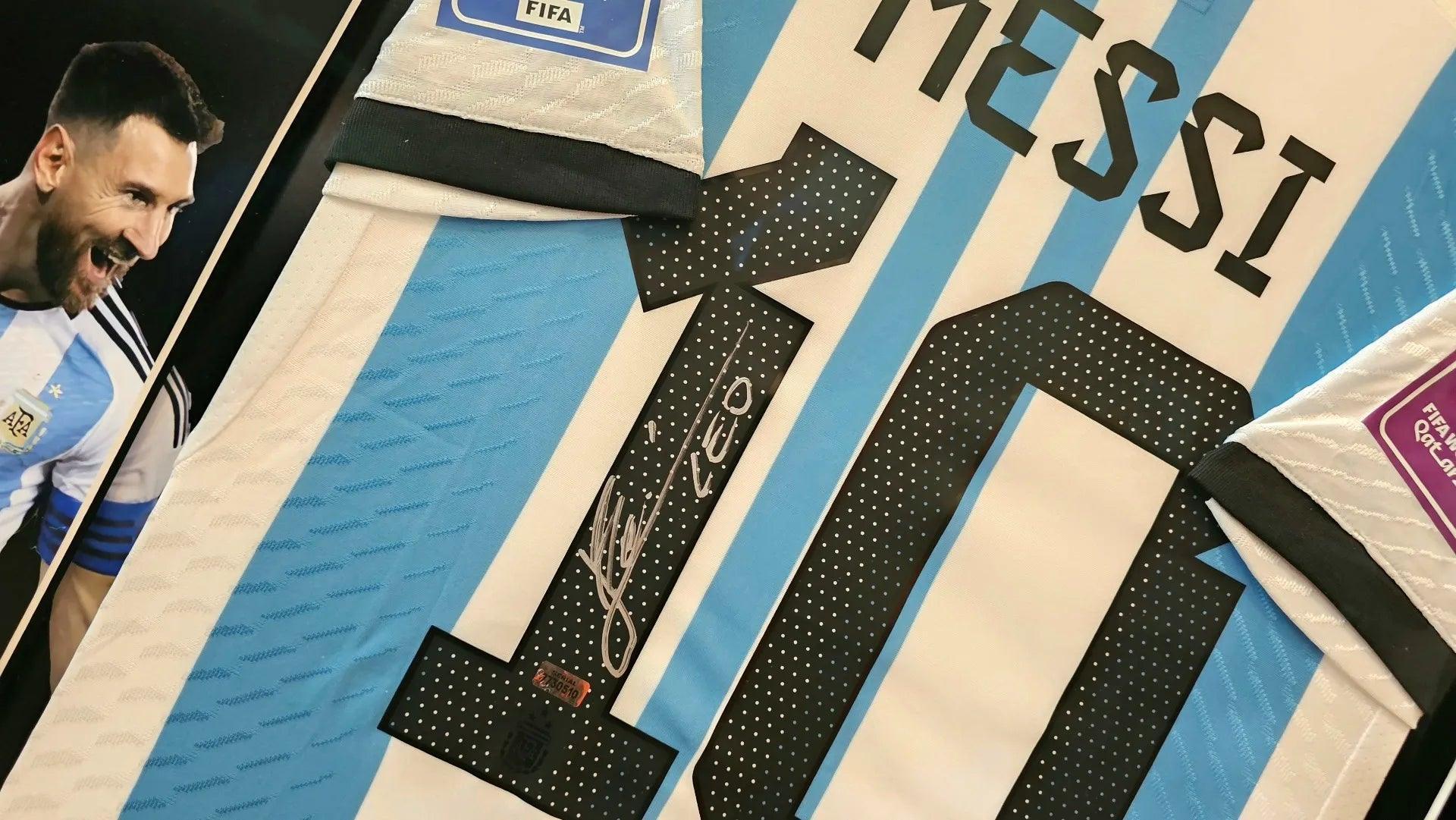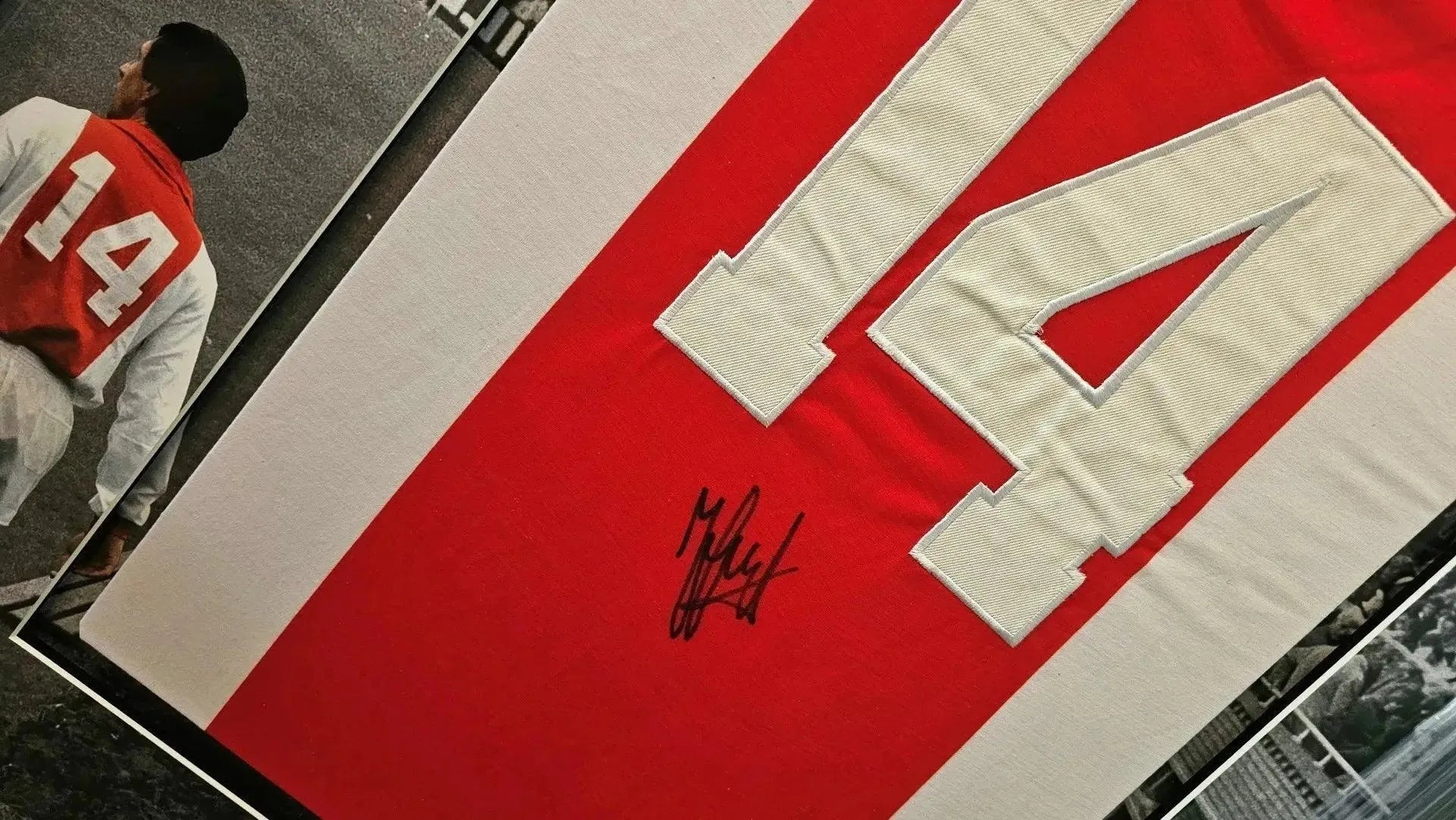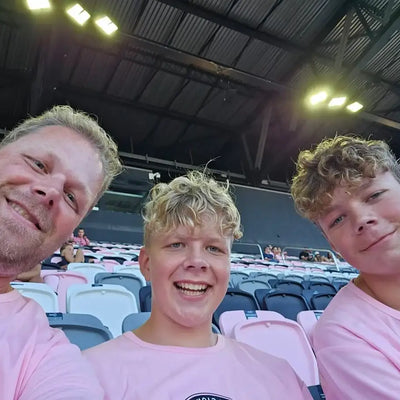Verifying a Certificate of Authenticity and the serial number is the fastest way to avoid counterfeit signatures on a signed Football Shirt. This guide expands on hologram and sticker checks, explains how to confirm a Beckett, PSA or JSA serial, and why a COA match alone is not definitive. Many COA numbers are visible online, so forged stickers can be paired with genuine serials. Where available, look for database images and signature grades to add confidence. Beckett Letters of Authenticity include an image of the examined item; PSA LOAs include an embedded hologram and security features. For fundamentals, visit our Knowledge Base and authenticator overviews: Beckett, PSA/DNA. Use official lookups: Beckett Verify, PSA Cert Verification, JSA Verify.
What to check
Inspect the hologram or sticker first. It should be tamper-evident with consistent print, clean edges, and firm adhesion. Look for QR codes that resolve to the authenticator domain, not link shorteners. Compare serial font, spacing, and prefix to current formats. Check placement: most reputable stickers sit flat on fabric labels or smooth panels, not across seams or mesh holes. Watch for bubbles, residue, “VOID” releases, misaligned logos, or lifted corners. If a COA card is present, confirm the serial matches the sticker and that the issuer is recognised. Avoid generic cards without traceable serials or contact details.

How to verify
Enter the serial on the authenticator’s site: Beckett, PSA, JSA. Confirm the returned description matches your exact shirt model, club and approximate era. A database match alone is not proof; forgers can reuse public serials. Prefer entries with photos: Beckett Letters of Authenticity include an image of the examined item, and PSA LOAs include security features and may include an item photo; JSA photos are typical with LOAs, not Basic Certs. If no image is present, add an image-based check with trusted exemplars or use a pre-purchase review service. Always save a PDF of the verification page and your own close-ups of sticker and signature.

Examples or use-cases
Example 1: A Beckett serial verifies, but the seller’s sticker shows soft edges and a QR that resolves via a URL shortener. You search the serial and find the same number posted on an old listing. Treat as high risk until you reconcile proof or pass.
Example 2: A PSA number verifies with correct signer and “shirt,” but there is no database photo. You confirm serial format, ask for straight-on macro shots of the signature, and request a quick image review before committing.
Example 3: A JSA Basic Cert verifies but provides minimal detail. You ask the seller for provenance notes and match the autograph to exemplars from the player’s era; you proceed only if the story, visuals and serial align.
Care and documentation
Store the shirt in an acid-free garment bag or archival sleeve, away from light and humidity. Use UV-protective glazing if displaying. Keep COA cards in polypropylene sleeves and save digital scans of COA, hologram and signature in one folder with clear filenames. Export a PDF of each verification page and note dates, sellers, and any support emails. Keeping proof in one place speeds future checks and protects value.
Special cases and cautions
Unknown or offline COAs: If a COA lacks online verification, you must rely on seller reputation and provenance. Ask for original purchase invoices, signing photos, or event details. Consider an independent review before purchase.
Big-three vs unknown issuers: A COA from an unknown issuer holds little weight. Reputable services such as Beckett, PSA/DNA and JSA offer searchable databases and stronger sticker security, yet their serials can still be copied.
Graded and witnessed advantages: Beckett autograph grading and witness programmes increase traceability; JSA LOAs include an item photo; PSA LOAs include embedded security features that are harder to forge. Pair these with your own photos and records for the strongest file.
Frequently Asked Questions
A Beckett expert issued a unique serial and tamper-evident label recorded in Beckett’s database, with image support when issued as a Letter of Authenticity.
Use the authenticator’s verification page, confirm the description, then cross check that the hologram, COA and shirt version all match.
Walkouts lists only items that meet our checks and respected authenticator standards, while each authenticator’s opinion remains their own.
Match-worn listings require stronger proof such as NFC or photo matching tied to events, recorded alongside serials in the product details.
The shirt plus any hologram or COA and clearly listed proof assets; we recommend saving scans and verification PDFs for your records.






